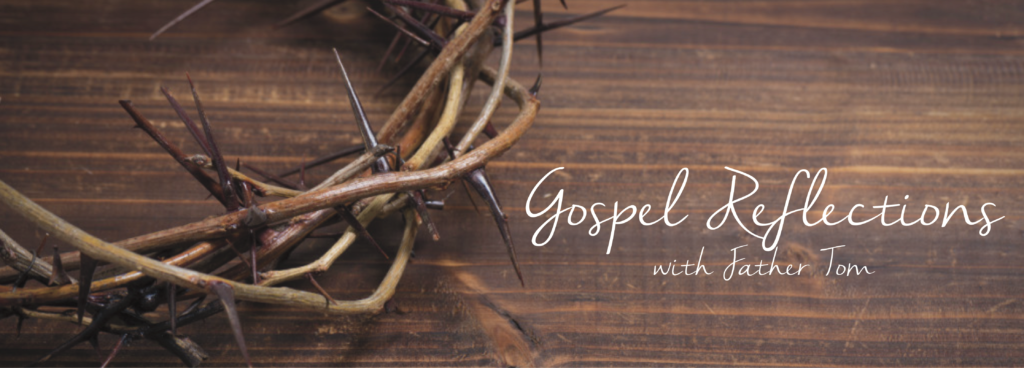
Disfiguration and transfiguration. Picture an old oil lamp covered with layers of dust and dirt. How wretched and useless it looks. Then someone comes along, cleans off the layers of dirt, polishes it until it begins to sparkle, and then lights it. Suddenly the lamp is transformed. It positively glows, radiating light and beauty to every corner of the room. Whereas prior to this it was disfigured with dust and dirt, now it is transfigured with beauty. Yet it is the same lamp. When an object (or a person) is loved and cared for, it is redeemed, and rendered brighter and worthier.
As Jesus went about Galilee his divinity was cloaked by his humanity.
But on Mount Tabor God’s light burst forth from the body of Jesus, and he was transfigured. The three apostles got a glimpse of his divinity, hidden in the depths of his humanity. They were overcome with the beau and brilliance of it. It was not a surface thing, but an inner essence shining through. God was in Jesus.
There are two potentialities within us – the potentiality for evil and the potentiality for good. Take the potential for evil. We are capable of such things as hatred, bitterness, cruelty, greed, envy, lust … These are ugly things and bring out the worst in us. They corrupt the heart. And corruption of heart coarsens the face and darkens the eyes. Evil disfigures us.
Take our potential for good. We are capable of such things as love, joy, peace, patience, kindness, mercy, compassion … These are beautiful things and bring out the best in us. They purify the heart. And purity of heart softens the face and causes the eyes to shine. Goodness transfigures us.
Basically, we are transfigured by what we love, what excites us, what moves us, what rouses our spirit, what causes us to be awake and alive. What shows us at our brightest and best.
Van Gogh was not noted for his physical beauty. In fact, his face was described by some as being repulsive. Yet as soon as he began to speak about art, his melancholy expression would disappear, his eyes would sparkle, and his features would make a deep impression on those around him. It wasn’t his own face any longer; it had become beautiful. It seemed that he was breathing in beauty.
At times all of us can feel down, a prey to feelings of failure and worthlessness. But then suddenly something nice happens to us – a friend calls, or we get a letter with some good news in it – and suddenly everything is changed. The truth, of course, is that nothing has changed. It’s just that a spark of joy or hope or love has been kindled in our hearts, and we see ourselves and our lives in a new and better light.
We are made in the image of God; we carry the splendor of divinity within us. However, sin tarnishes that image and so disfigures us. But virtue causes that image to shine and so transfigures us. We are at our best when we are good.
Like the apostles on Mount Tabor, we too can experience rare moments of light and joy. We get glimpses of the promised land towards which we are traveling in faith. In his love for us, God allows us to taste on earth the joys of the world to come.
